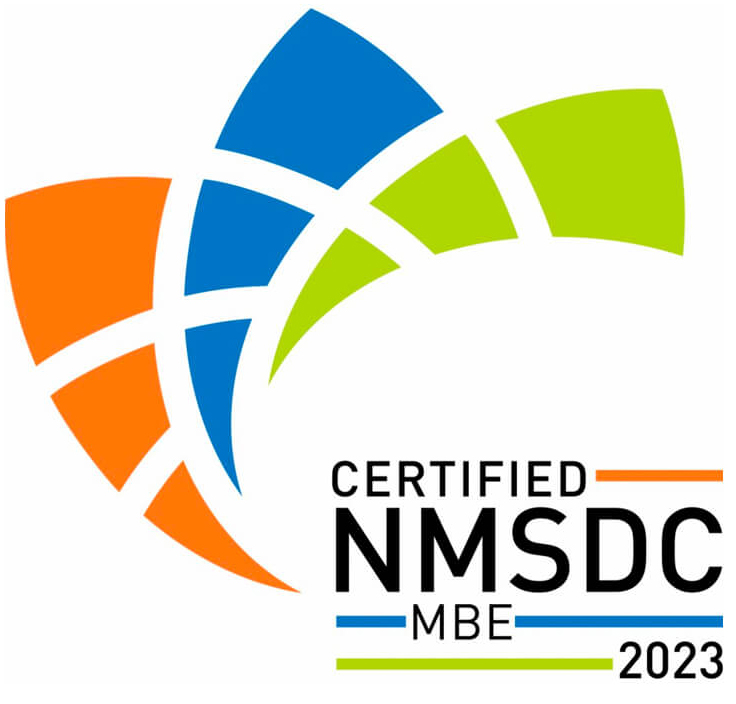
Information Technology as an enabler for a greener planet – Hemant Kumar
Information technology (IT) plays a significant role in driving sustainability efforts and promoting a greener planet. IT can act as an enabler for sustainability by providing tools, solutions, and innovations that help individuals, organizations, and governments make more informed and environmentally-friendly decisions. Here are some ways in which IT can contribute to a greener planet.

Data-driven decision making:
IT enables collection, analysis, and interpretation of data related to environmental factors, such as air quality, water quality, climate change, and biodiversity. This data can be used to make informed decisions about resource management, conservation, and sustainability strategies at local, regional, and global levels. Data-driven decision making can optimize resource utilization, minimize waste, and reduce environmental impacts.
Internet of Things (IoT) and smart technologies:
IoT devices and smart technologies can help monitor, manage, and optimize resource consumption in real-time. For example, smart grids can optimize energy distribution, smart buildings can optimize energy consumption, and smart agriculture can optimize irrigation and fertilization. These technologies can help reduce energy waste, improve resource efficiency, and minimize environmental pollution.
Cloud computing and virtualization:
Cloud computing and virtualization can reduce the need for physical infrastructure and enable resource sharing, resulting in lower energy consumption and reduced carbon emissions. Cloud-based solutions can also facilitate remote work, reducing the need for commuting and thereby lowering greenhouse gas emissions.
Green IT practices:
IT can adopt sustainable practices such as energy-efficient hardware and data centers, virtual meetings to reduce travel, electronic document management to reduce paper usage, and responsible e-waste disposal to minimize environmental harm. Green IT practices can significantly reduce the carbon footprint of IT operations and contribute to a greener planet.
Digitalization and e-services: Digitalization and e-services can replace physical products and services with digital equivalents, reducing the consumption of natural resources and lowering environmental impacts. For example, e-commerce can reduce the need for physical stores, e- learning can reduce the need for paper-based education materials, and e-government can streamline administrative processes and reduce paper usage.
Environmental monitoring and modeling:
IT can enable sophisticated environmental monitoring and modeling systems that help predict, mitigate, and adapt to environmental challenges such as climate change, natural disasters, and ecological degradation. These systems can provide early warning systems, decision support tools, and scenario planning capabilities, which can aid in better environmental management and conservation.
Smart Energy Management:
IT can enable smart grids, which can efficiently manage energy distribution, reduce energy wastage, and optimize energy usage based on demand patterns. Additionally, IT can facilitate the integration of renewable energy sources, such as solar and wind, into the power grid, allowing for more sustainable energy production and consumption.
Environmental Monitoring:
IT can be used to develop and implement systems for monitoring and managing environmental resources such as air quality, water quality, and wildlife populations. This data can be used to make informed decisions about resource management and conservation efforts.
Remote Sensing:
IT can utilize remote sensing technologies such as satellite imagery, drones, and sensor networks to collect data on environmental changes, such as deforestation, climate change, and habitat destruction. This data can be used to develop strategies for mitigating these environmental issues and promoting sustainable practices.
Energy Management:
IT can be used to optimize energy consumption and reduce waste through smart grids, energy management systems, and smart appliances. These technologies can help in better managing energy resources, reducing greenhouse gas emissions, and promoting energy-efficient practices.
Environmental Education:
IT can facilitate environmental education and awareness through online platforms, e-learning tools, and digital resources. This can help raise awareness about environmental issues, promote sustainable practices, and empower individuals to take action for environmental conservation.
Ecosystem Modeling:
IT can be used to develop complex models that simulate ecosystem dynamics, helping scientists and policymakers understand the impacts of human activities on the environment and develop strategies for conservation and restoration.
Sustainable Agriculture:
IT can aid in optimizing agricultural practices through precision farming techniques that use data and sensors to optimize water and fertilizer use, reduce pesticide application, and promote sustainable farming practices.
E-waste Management:
IT can play a role in managing electronic waste (e-waste) through proper recycling and disposal methods, reducing the harmful impact of e-waste on the environment and human health.
Virtual Collaboration and Telecommuting:
IT can enable virtual collaboration and telecommuting, reducing the need for commuting and travel, which can help reduce carbon emissions and promote a healthier work-life balance.
Digital Conservation:
IT can be used to digitize and preserve important environmental and cultural heritage data, such as biodiversity records and indigenous knowledge, which can aid in conservation efforts and promote sustainable practices.
Green Data Centers:
IT can promote the use of green data centers that are powered by renewable energy sources, use energy-efficient hardware, and incorporate efficient cooling systems, reducing the environmental footprint of data centers. IoT-based Environmental Monitoring: The Internet of Things (IoT) can be leveraged to monitor environmental parameters, such as air quality, water quality, and soil health, in real- time. This data can be used to make informed decisions on resource management, pollution control, and conservation efforts, leading to more sustainable practices.
Data Analytics and Machine Learning:
Advanced data analytics and machine learning algorithms can process large volumes of data to identify patterns, trends, and anomalies. This can help in optimizing resource utilization, predicting maintenance requirements, and optimizing supply chains, leading to reduced waste, improved efficiency, and lower environmental impact.
Virtualization and Remote Work:
IT can enable virtualization technologies that allow for remote work, reducing the need for commuting and lowering carbon emissions associated with transportation. Virtual meetings, conferences, and events can also reduce the environmental impact of travel.
E-waste Management:
IT can promote proper e-waste management practices, such as recycling and responsible disposal of electronic devices, to minimize the environmental impact of electronic waste, which often contains hazardous materials.
Education and Awareness:
IT can facilitate widespread dissemination of information and knowledge about sustainability, climate change, and environmental conservation through online platforms, e-learning, and social media, helping to raise awareness and educate people about the importance of sustainable practices.
Supply Chain Optimization:
IT can optimize supply chain operations by using data analytics and automation to reduce waste, minimize transportation and logistics costs, and improve overall efficiency, leading to reduced carbon emissions and environmental impact.
Education and awareness:
IT can facilitate environmental education and awareness campaigns through online platforms, social media, and mobile applications. These initiatives can raise public awareness about environmental issues, promote sustainable behaviors, and encourage collective action for a greener planet.
Information technology has immense potential to enable and support sustainability efforts for a greener planet. By leveraging data-driven decision making, IoT and smart technologies, cloud computing, green IT practices, digitalization and e-services, environmental monitoring and modeling, and education and awareness initiatives, IT can play a crucial role in promoting sustainable practices and protecting the environment for present and future generation
Overall, information technology has the potential to significantly contribute to making our planet greener and more sustainable by enabling smart solutions, optimizing resource utilization, promoting responsible practices, and raising awareness about environmental conservation
by
Hemant Kumar
Dayalbagh Educational Institute









